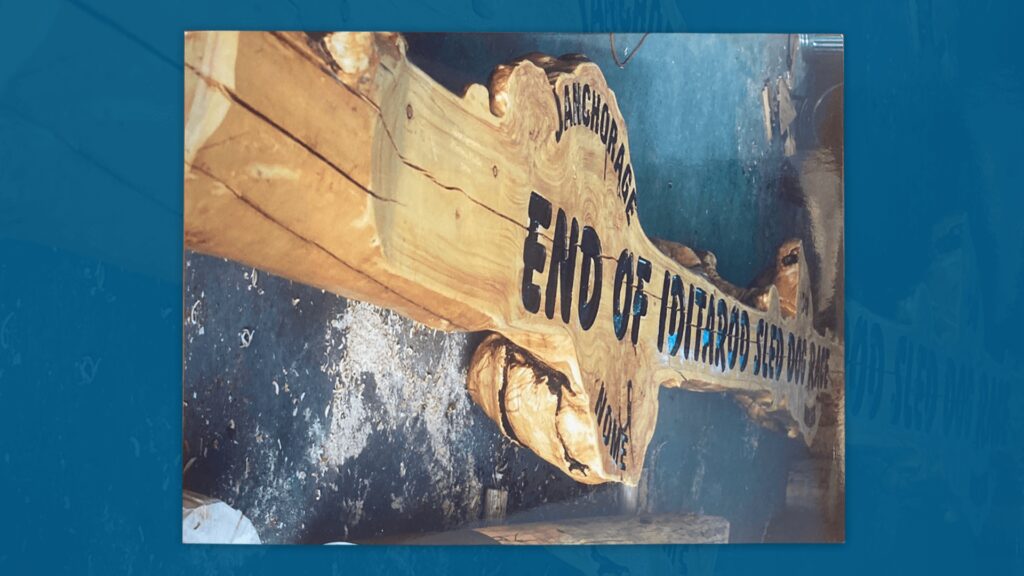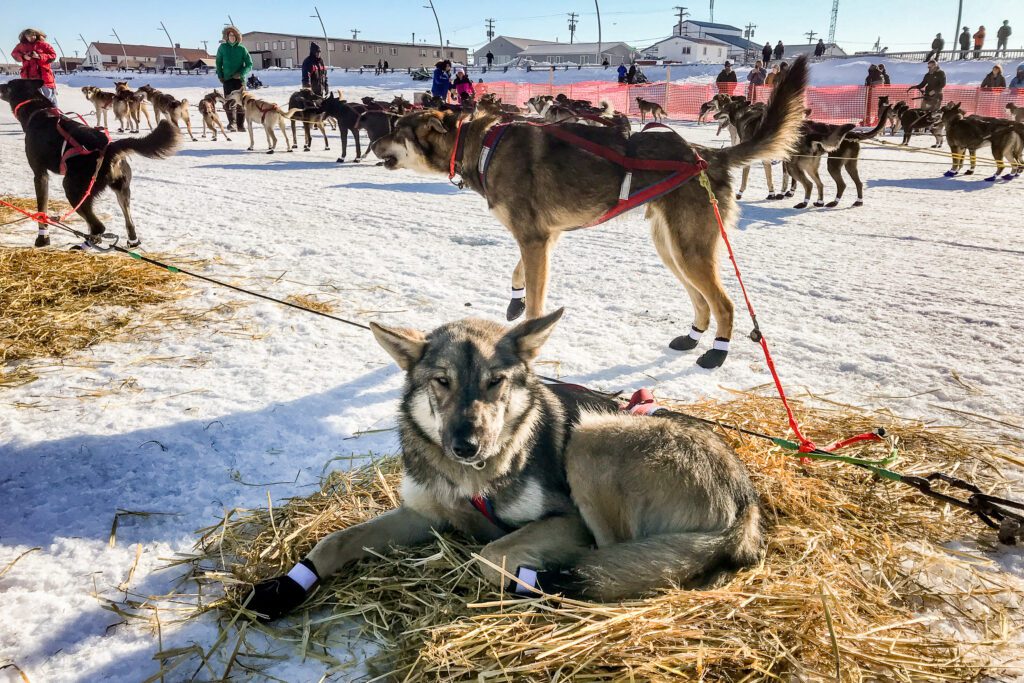The 2022 Iditarod Trail Sled Dog Race kicks off Saturday with a ceremonial start in Anchorage followed by the official race start in Willow on Sunday.
Alaska Public Media’s Lex Treinen reports:
The race, in some ways, is back to normal: Mushers are again dashing 1,000 miles to Nome.
But, in other ways, it’s still marked by the COVID-19 pandemic: Vaccination is mandatory, as is testing before the race starts and along the trail.
Here’s what to know about the 2022 Iditarod.
When will the Iditarod start?
The race begins with an 11-mile ceremonial start in Anchorage on Saturday, March 5.
Mushers and their sled dogs will get ready on the streets of downtown Anchorage early that morning for the parade-like event.
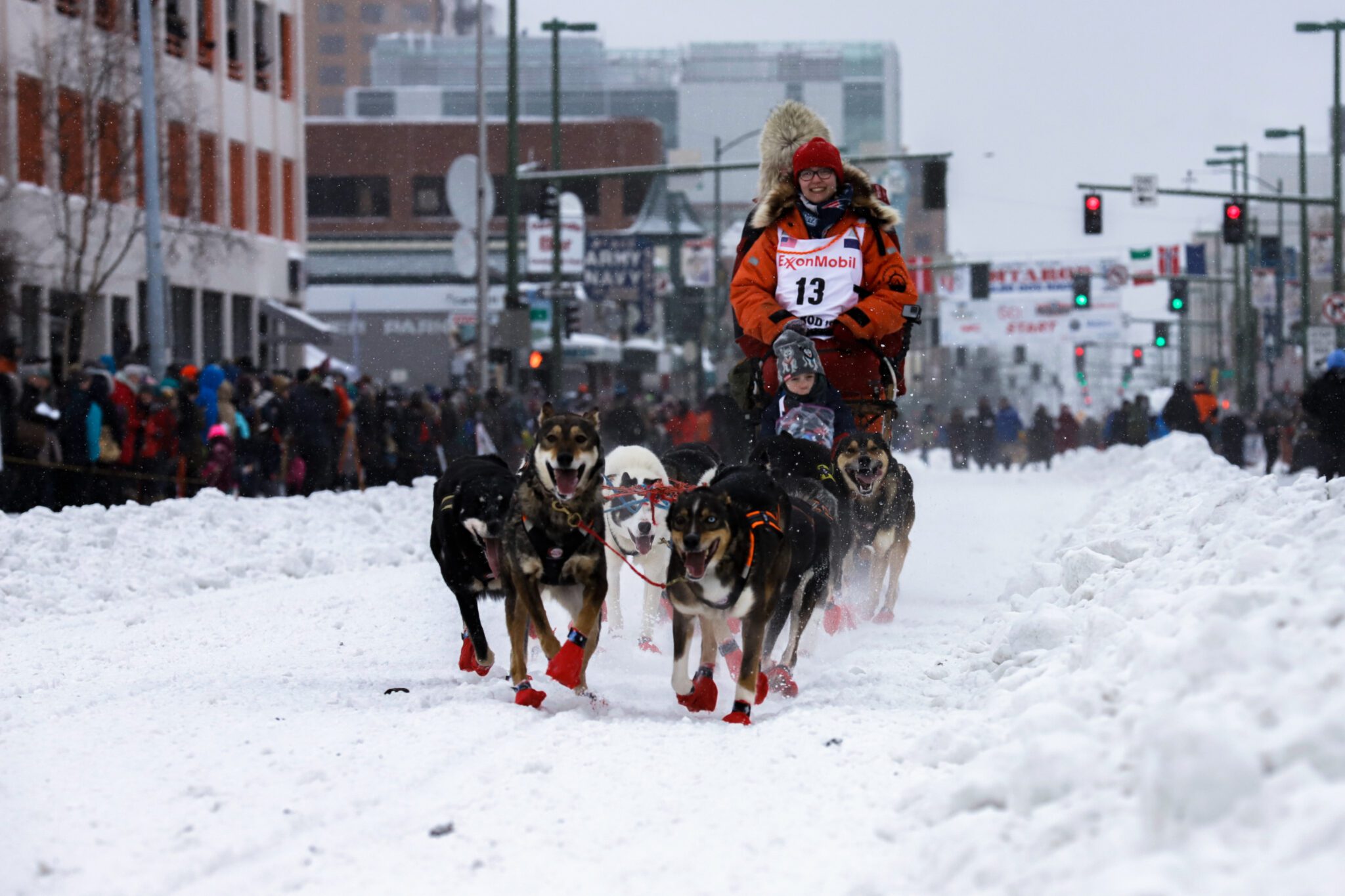
Starting at 10 a.m., they’ll take off one-by-one every couple minutes from Fourth Avenue, near D Street. They’ll head down onto city trails and end at the Campbell Airstrip. Here are some spots to watch from.
Then, mushers and their sled dogs will truck north to Willow for the official race start on Willow Lake, which begins at 2 p.m on Sunday. Teams will again leave at two-minute intervals, starting their long-distance sprint to Nome.
Race officials are encouraging fans to attend both events, but ask that they wear masks. They’re also not allowing the public in the area where mushers get ready for both the ceremonial and official race starts.
What’s the trail route this year?
Mushers are back on the northern route.
That means their checkpoints include stops in communities such Ruby, Galena and Nulato on their way to Nome.
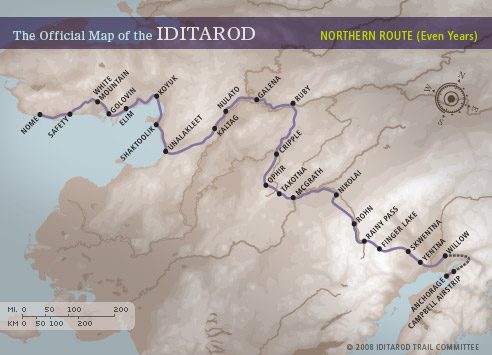
There are a few changes to the checkpoints, however, due to COVID-19.
Takotna — a village about 330 miles into the race — opted to not be a checkpoint this year to avoid COVID-19 spread. Instead, mushers will pass by and go straight to Ophir.
Also at White Mountain, just 77 miles from the finish line, teams will take their 8-hour breaks in a heated tent on the river instead of closer to town.
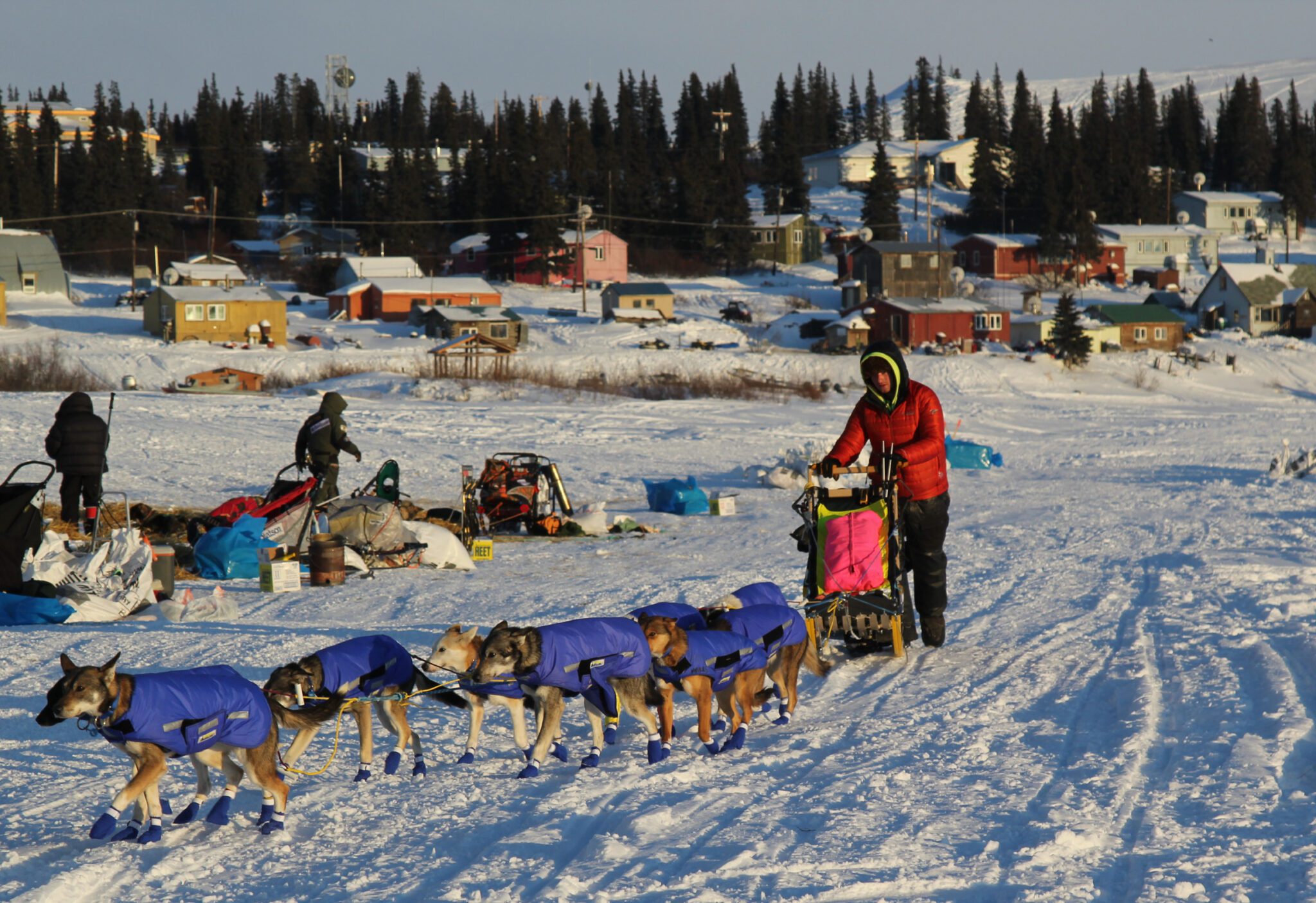
How are conditions?
Trail breakers passed through the Iditarod route on snowmachines about two weeks ago and found excellent conditions, according to race marshal Mark Nordman.
It’s not totally clear how more recent weather has affected the course.
On Wednesday, Nordman said he had heard some reports of snow melting in places like the treacherous and zig-zagging Dalzell Gorge and near the community of Nikolai.
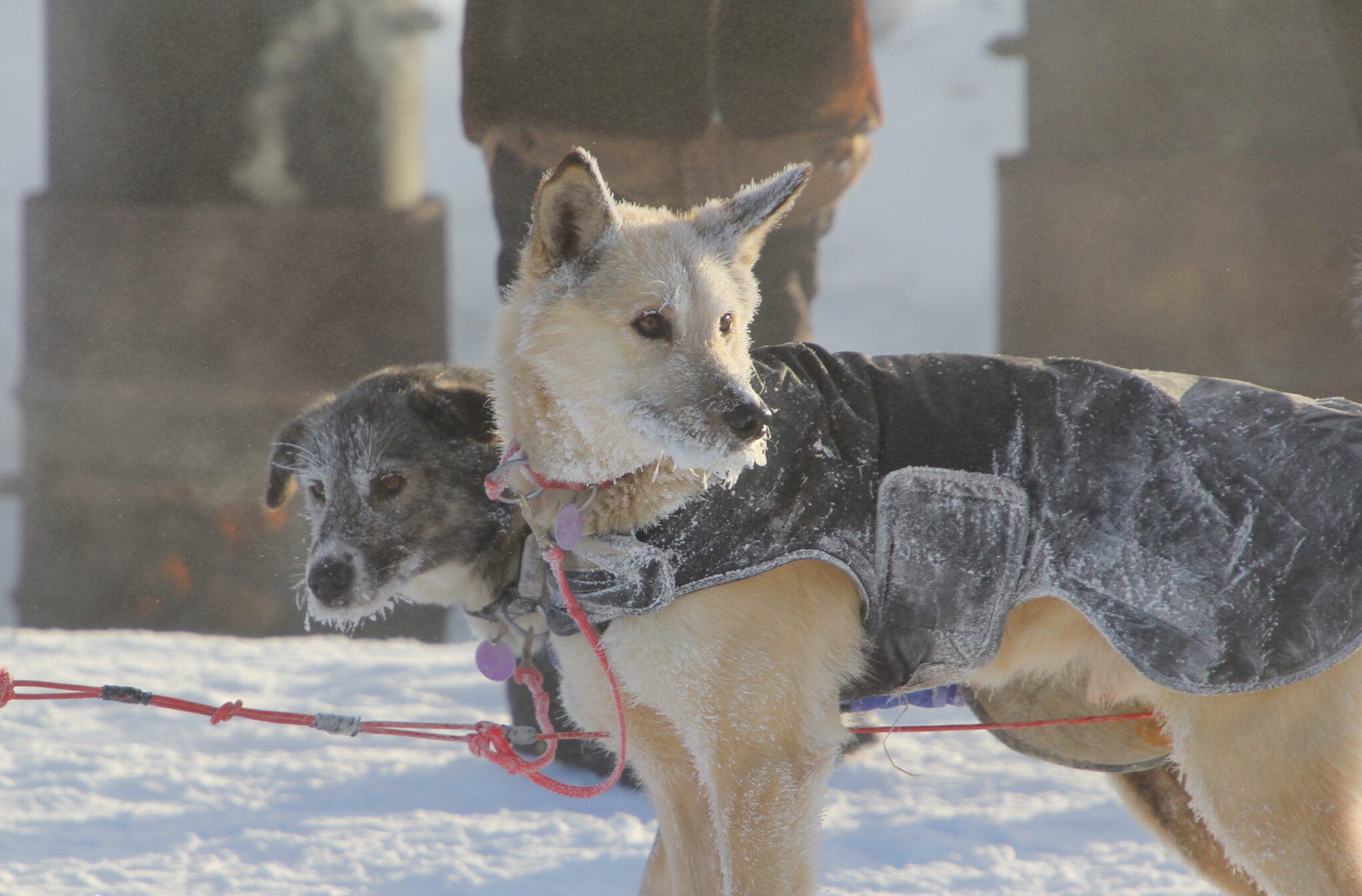
Meanwhile, closer to the start in Willow, heavy snow in the past few weeks has pushed moose onto mushing trails, putting dog drivers on high alert.
Will mushers get tested for COVID-19 during the race?
Yes.
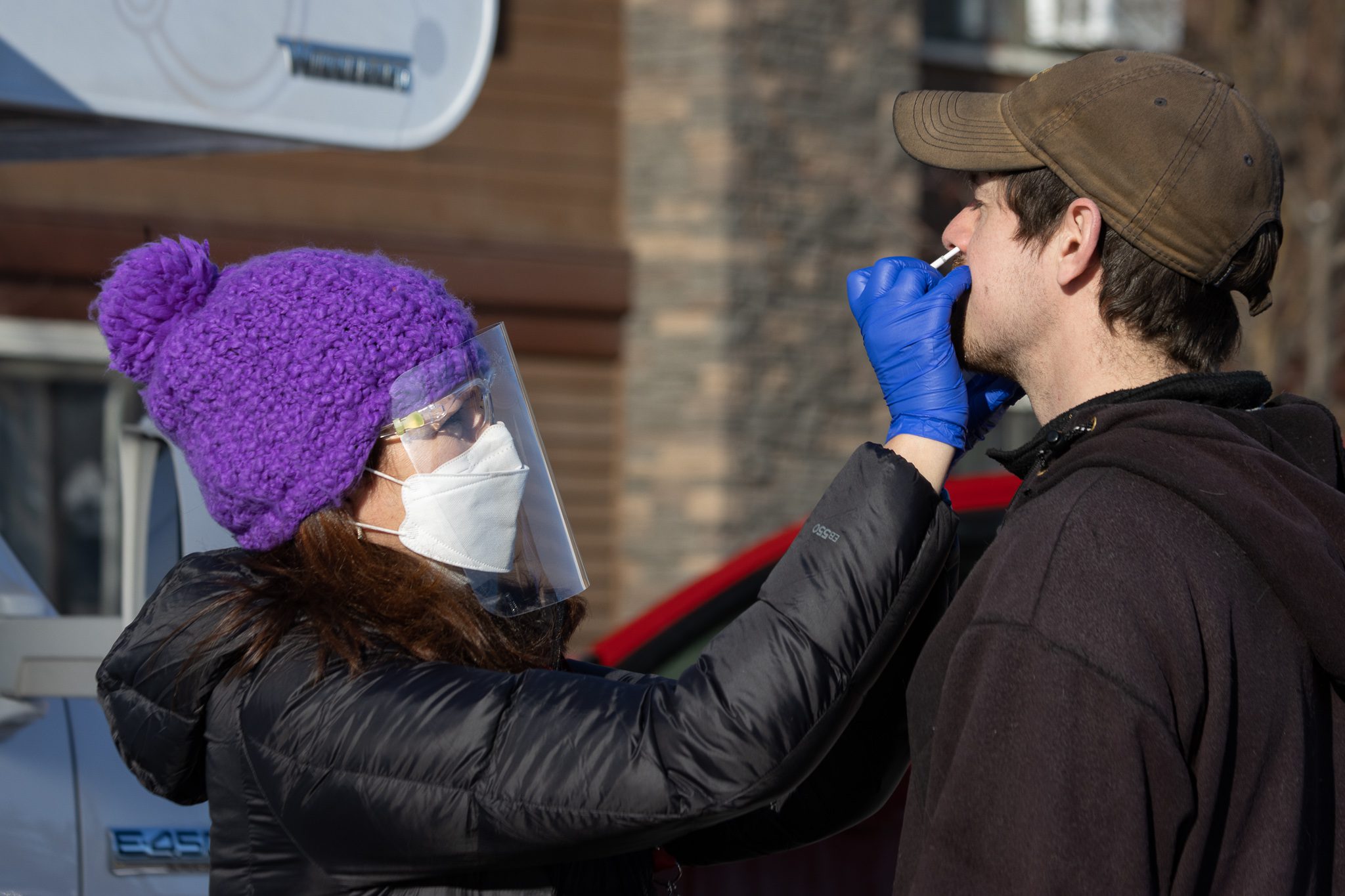
Mushers got tested on Thursday with a molecular COVID test. They will also be required to get a rapid test at the ceremonial start in Anchorage on Saturday and another rapid test at the official start in Willow on Sunday.
Plus, they’ll be tested in McGrath — about a third of the way into the race.
What happens if mushers test positive?
If mushers test positive on any of their required rapid tests, they’ll be retested with a molecular test to confirm the result, and have to immediately isolate. Last year, a musher was forced to withdraw from the race after he tested positive at the McGrath checkpoint.
What other COVID-19 protocols are in place?
There are strict vaccination and daily testing requirements for volunteers, race officials and official media, like the Iditarod Insider, who will be at checkpoints along the course.
Those groups will be part of the “Iditarod Bubble.” According to the race’s COVID-19 Prevention Plan, people inside the bubble will wear armbands to show they’ve met the requirements. They’re also required to wear masks when in contact with people who are outside of the bubble and are “highly encouraged” to wear masks anytime they are indoors. And, they’re required to submit a daily questionnaire to ensure that they don’t have any symptoms. Mushers “should” wear masks when in contact with people outside of the bubble, according to the plan.
Who’s competing in this year’s race?
There are 49 mushers signed up, Among the racers, are six past champions, including reigning Iditarod champion Dallas Seavey who notches his fifth win last year.
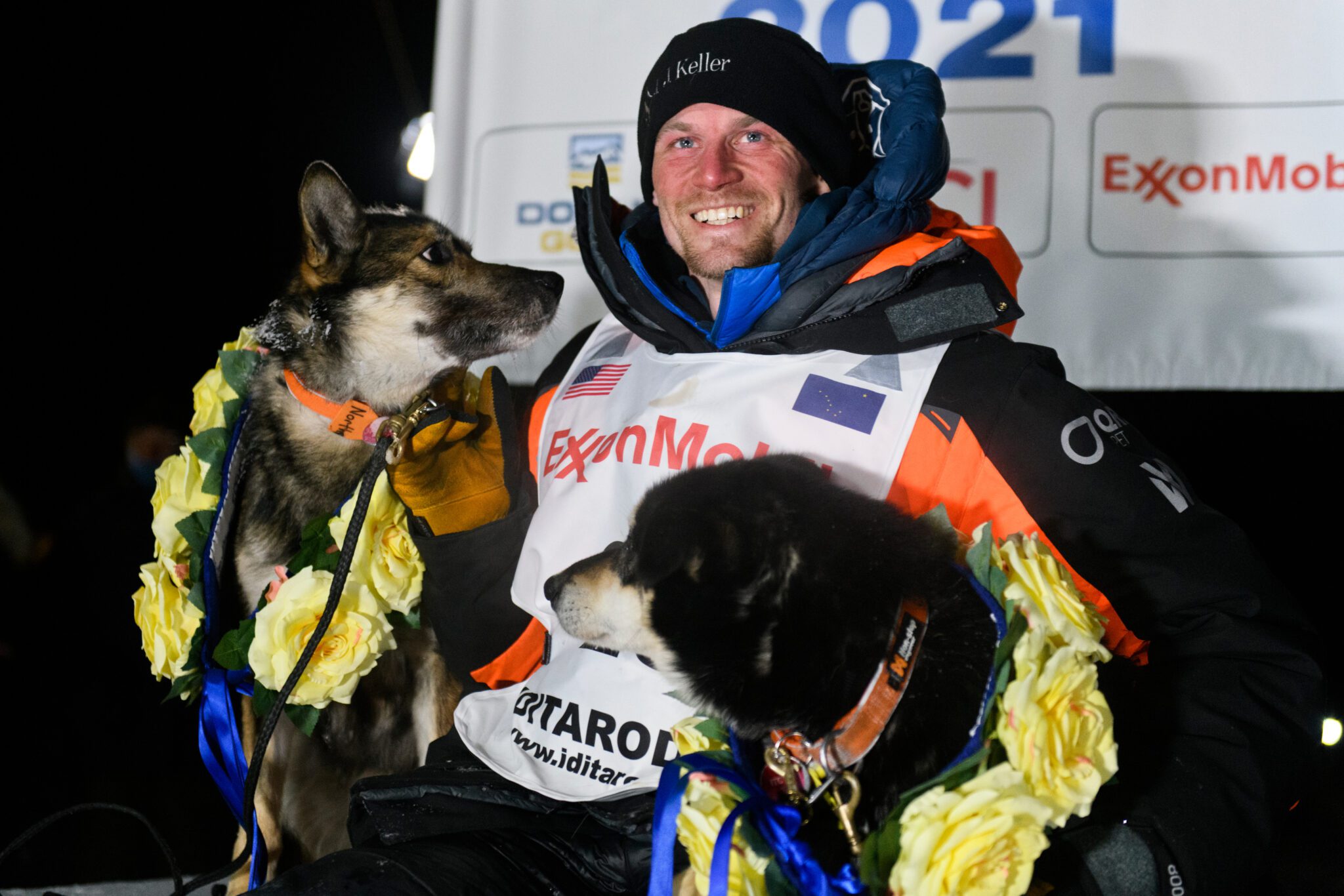
The other former champsions are Dallas Seavey’s dad, three-time champion Mitch Seavey, plus Pete Kaiser, Joar Leifseth Ulsom, Martin Buser and Jeff King. (King got tapped to race the Iditarod just days before the competition. He’s taking Nic Petit’s dog team after Petit tested positive for COVID-19.)
Other top contenders looking to unseat Dallas Seavey include three-time Yukon Quest winner Brent Sass, and last year’s second-place Iditarod finisher Aaron Burmeister.
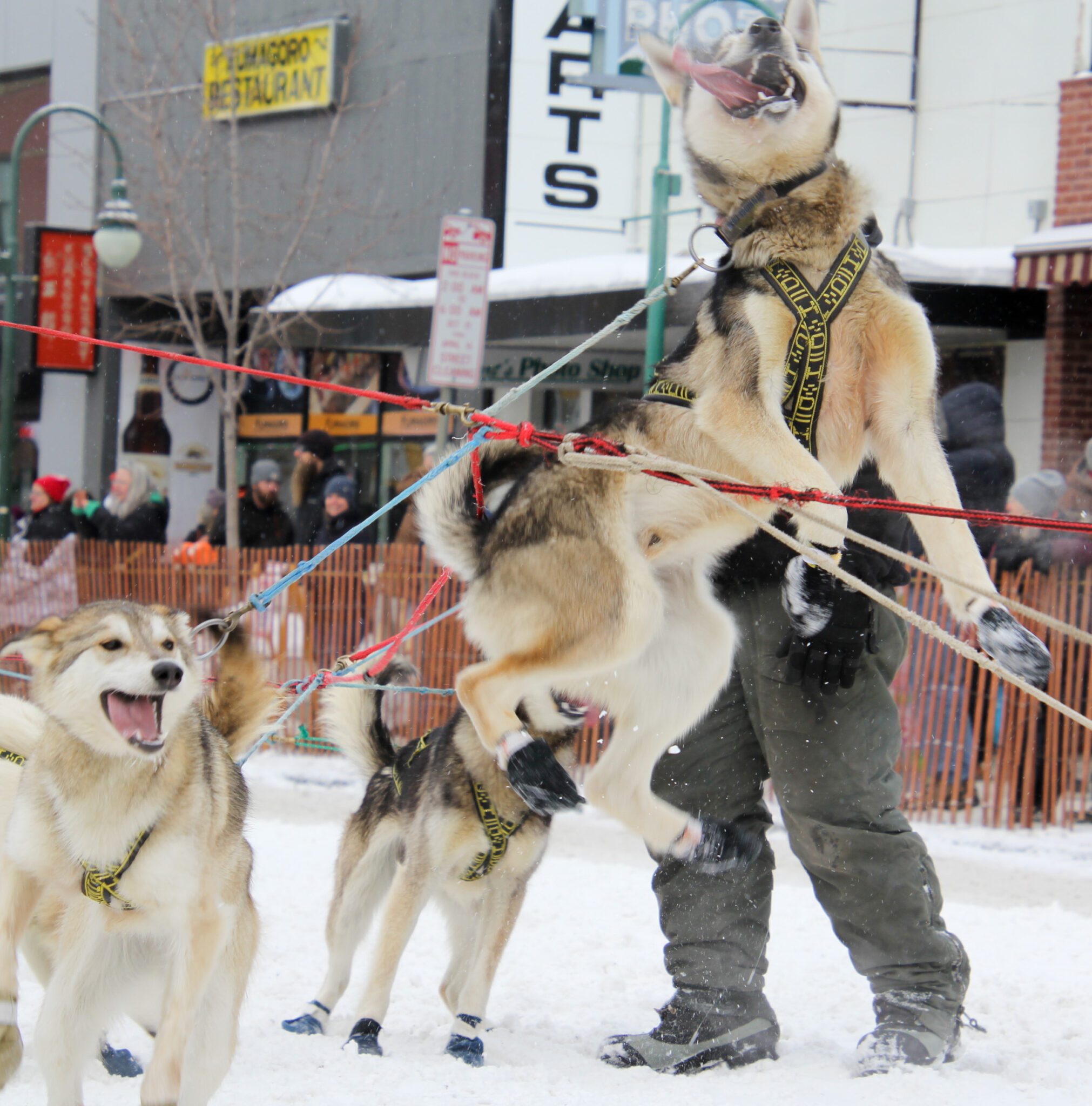
Image at top: Detail of the Iditarod finish line in Nome, called the Burled Arch. Photo: David Dodman, KNOM.





